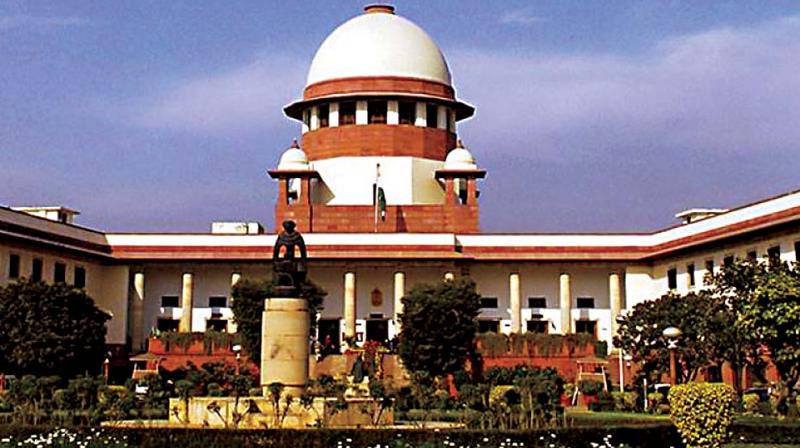Fighting defamation cases at threshold
Summoning a person in a criminal case is not meant to be dealt with in a routine manner by the magistrate.

If you are slapped with a defamation case, what should concern you is not the prospect of paying hefty damages or facing imprisonment. The success or conviction rate of a civil suit or a private criminal complaint to the magistrate is low in India. As the Supreme Court had refused to decriminalise defamation, it remains a legal weapon, with the potential of being used as a sword, rather than a shield. The trial is the punishment. It can drag on for about five years and drain your time, money and energy.
Where there is a law, there is always a remedy. In a criminal defamation case, as soon as summons are issued to an accused person, a petition can be filed under Section 482 of the Code of Criminal Procedure (CrPC) invoking the inherent powers of the high court to “prevent abuse of the process of any court and to secure the ends of justice.”This power is to grant tripartite relief in the form of dispensing with your presence before the trial court, except at important stages, staying the trial or quashing the complaint itself, in a calibrated fashion. The Andhra high court in V.Radhakrishna Vs Ramakrishna Reddy emphasised that this is intended “to protect innocent people from unlawful prosecutions at the threshold itself, to avoid perils of facing an arduous trial.”
In a quash petition, it is only points of law and not questions of fact that are considered. So the ten exceptions to Section 499 Indian Penal Code (IPC) like truth or fair comment do not come into play at this stage. These defences are marshalled only at the time of trial. The Supreme Court’s landmark judgment in state of Haryana Vs Bhajan Lal has become a compulsive citation in such petitions. The court had laid down eight scenarios that merit quashing of the case. The most common grounds are when the allegations made in the First Information Report or the complaint, “even if taken at their face value and accepted in their entirety, do not prima facie constitute any offence”or are “absurd and inherently improbable”or if the proceedings are “maliciously instituted with an ulterior motive for wreaking vengeance on the accused.”
Summoning a person in a criminal case is not meant to be dealt with in a routine manner by the magistrate. The apex court in Pepsi Foods Vs Special Judicial Magistrate made it clear that “criminal law cannot be set into motion as a matter of course. It is not that the complainant has to bring only two witnesses to support his allegations in the complaint to have the criminal law set into motion. The order of the magistrate summoning the accused must reflect that he has applied his mind to the facts of the case and the law applicable.”
The Supreme Court in Jeffrey Diermeier Vs state of West Bengal struck a note of caution clarifying that criminal complaints cannot be short - circuited and the high court’s inherent power must be exercised “sparingly and cautiously.”It noted that the CrPC “does not confer an arbitrary power on the high court to act according to whim or caprice. The power exists to prevent abuse of authority and not to produce injustice.”
In a civil suit for defamation, libel if published and slander if spoken, under tort law, the equivalent of a quash petition is an application to reject the plaint under Order VII Rule 11 of the Civil Procedure Code (CPC). The defendant can file this application at any stage but ideally before the Written Statement. The main grounds are if the plaint does not disclose a cause of action or is barred by any law. The statute of limitation could be one such impediment. Under Section 75 of the Schedule in the Limitation Act, the time frame to file a suit for damages for defamation is one year. While limitation can be a straight forward application, what exactly constitutes a ‘cause of action’ in the context of aborting a suit can be contentious.
The Supreme Court in Church of Christ Charitable Trust Vs Ponniamman Educational Trust held that “while scrutinising the plaint averments, it is the bounden duty of the trial court to ascertain the materials for cause of action. The cause of action is a bundle of facts which taken with the law applicable to them gives the plaintiff the right to relief against the defendant. A cause of action must include some act done by the defendant since in the absence of such an act, no cause of action can possibly accrue.”
That there is no room for legal sophistry or semantics was confirmed by the Supreme Court in T.Arivandandam Vs T.V. Satyapal. The court observed that “if clever drafting has created the illusion of a cause of action, it should be nipped in the bud. An activist judge is the answer to irresponsible law suits.”
(The writer is an advocate at the Madras high court, columnist & author)

